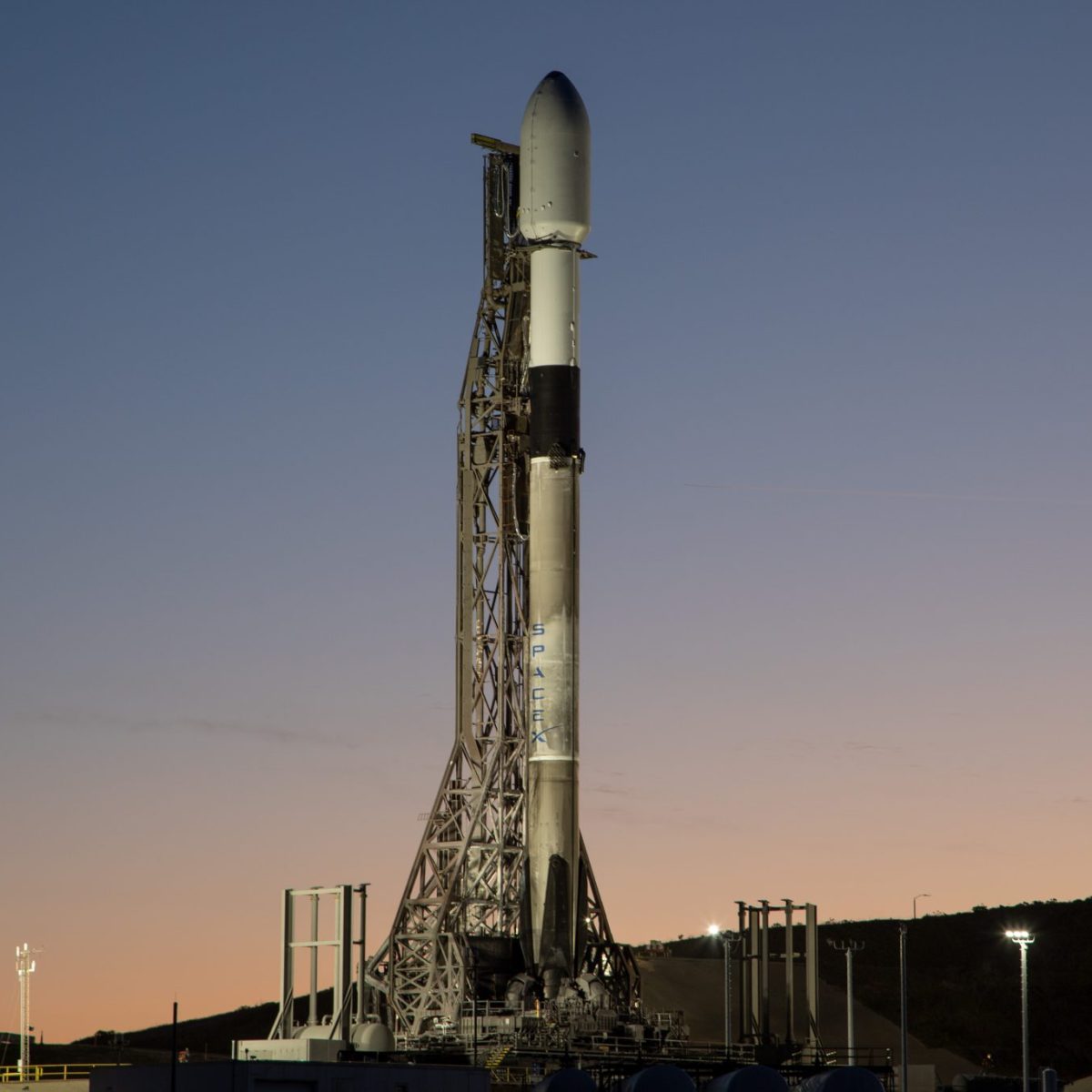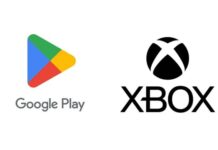SpaceX Secures Eight Launch Contracts in Latest U.S. Space Force Initiative
In a significant development for the aerospace industry, SpaceX has been awarded contracts for eight launches as part of the National Security Space Launch (NSSL) Phase 3 Lane 1 program. This announcement was made by the U.S. Space Force’s Space Systems Command on October 18. The contracts, valued at a total of $733.5 million, cover seven missions for the Space Development Agency (SDA) and one for the National Reconnaissance Office (NRO), all scheduled for 2026. These launches are integral to the NSSL Phase 3 strategy, which procures launch services for U.S. defense and intelligence operations.
The NSSL Phase 3 Lane 1 program employs an Indefinite Delivery, Indefinite Quantity (IDIQ) contract structure. This type of contract is favored in government procurements for its flexibility, allowing for an adaptable approach to fulfilling the contract requirements. The overall contract for Lane 1 is estimated to be worth $5.6 billion over a span of five years. SpaceX, along with Blue Origin and United Launch Alliance (ULA), has been chosen as the primary vendors, competing for specific task orders within this framework.
Space Development Agency’s Mission and SpaceX’s Role
The SDA is utilizing SpaceX’s Falcon 9 rocket to deploy small satellites into a low-Earth orbit (LEO) constellation. This constellation is a network of satellites purposed to bolster military communication and intelligence capabilities. SpaceX has already successfully executed two launches for the Tranche 0 portion of SDA’s satellite network, setting a promising precedent for future missions.
As Brigadier General Kristin Panzenhagen, program executive officer for Assured Access to Space at the Space Force, remarked, the Phase 3 Lane 1 structure expedites launch services for payloads with a higher tolerance for risk. This approach enables the rapid deployment of capabilities to orbit, thus enhancing national security.
Progress and Challenges for Other Providers
While SpaceX continues to advance its launch capabilities, Blue Origin’s New Glenn rocket is yet to make its inaugural flight. To qualify for NSSL certification, it must complete at least two successful launches. Meanwhile, ULA’s Vulcan Centaur, which has already achieved two flights, is still in the process of obtaining its final certification for the program.
Encouraging Innovation and Competition
The NSSL Phase 3 Lane 1 initiative is designed to stimulate competition and foster innovation by allowing emerging launch providers to enter the arena under the IDIQ contract. Companies like Rocket Lab and other up-and-coming organizations are anticipated to participate in future competitive bidding processes. The program plans to provide opportunities for introducing new systems later this year.
Lane 1 is tailored towards missions that resemble commercial endeavors, where a higher degree of risk is tolerable. This makes it an ideal platform for newer companies that may not have an extensive track record but can propose cost-effective solutions. This contrasts with Lane 2, which will cater to more sensitive missions that require established and fully certified launch vehicles. The contracts for Lane 2 have not yet been awarded.
Future Prospects and Expansion
Over the five-year base ordering period, spanning fiscal years 2025 to 2029, at least 30 missions are anticipated under the Lane 1 program. Furthermore, the contract incorporates an option for a five-year extension, potentially extending the initiative through to 2034.
Contextual Insights
The ongoing developments in space launch technologies underscore the increasing importance of space as a strategic domain. The NSSL Phase 3 Lane 1 program is a testament to the U.S. government’s commitment to maintaining an edge in space-based defense capabilities. By involving multiple vendors and encouraging emerging companies to participate, the program not only diversifies the pool of available technologies but also drives costs down through competition.
Industry Reactions and Implications
The awarding of these contracts to SpaceX further cements its position as a leader in the commercial space launch industry. The company’s proven track record with the Falcon 9 rocket, known for its reliability and cost-effectiveness, makes it a preferred choice for both commercial and government entities. This move is likely to encourage other companies to accelerate their development programs to meet the rigorous standards set by NSSL.
Conclusion
The NSSL Phase 3 Lane 1 program represents a significant step forward in the United States’ efforts to enhance its defense and intelligence operations through space. By integrating both established and emerging players in the aerospace industry, the program sets a robust foundation for future advancements. The strategic use of IDIQ contracts allows for flexibility and adaptability, ensuring that the U.S. maintains its competitive edge in space technology. As newer companies get the opportunity to prove their capabilities, the landscape of space exploration and defense is poised for exciting developments in the coming years.
For more Information, Refer to this article.

































